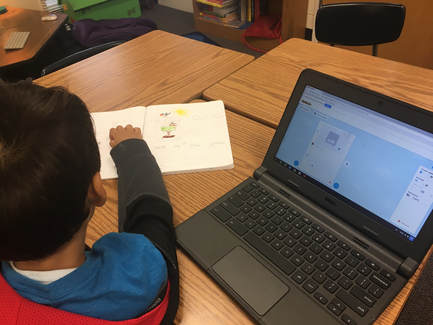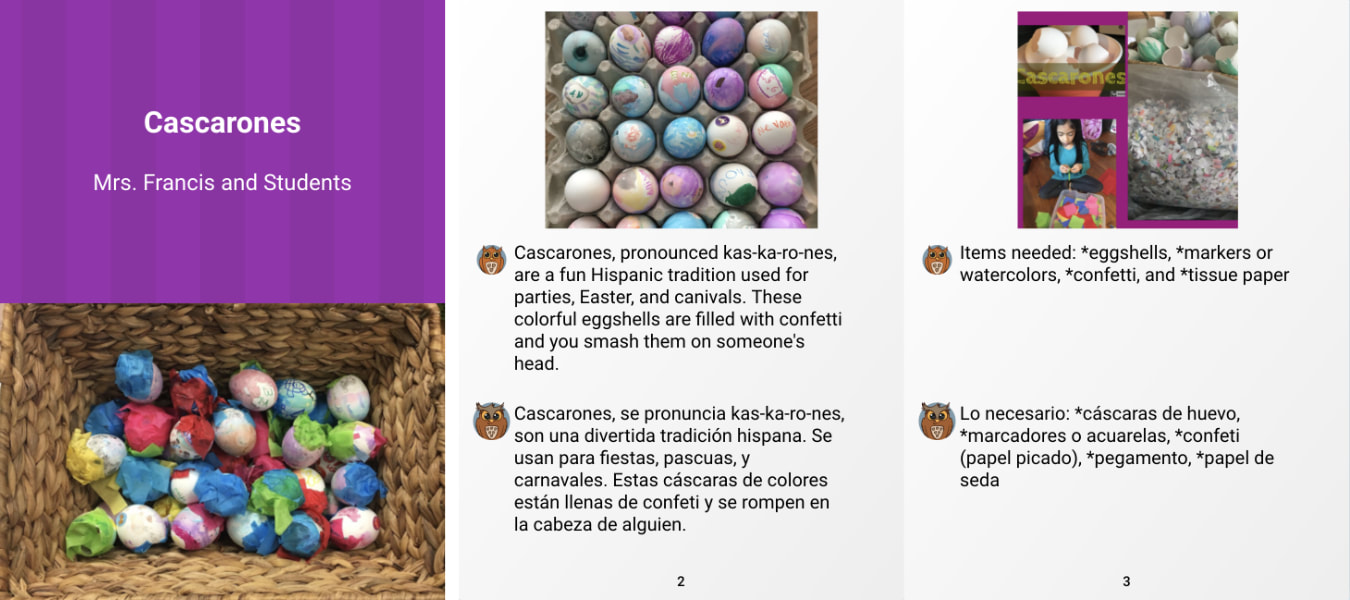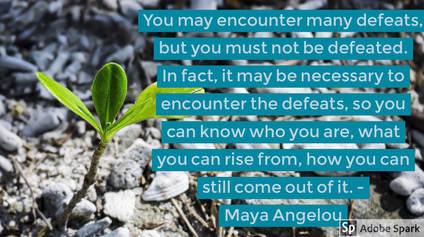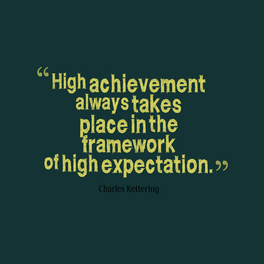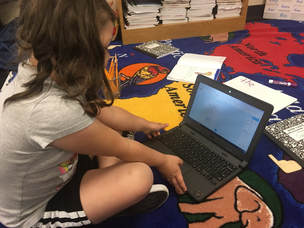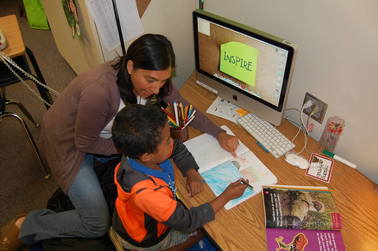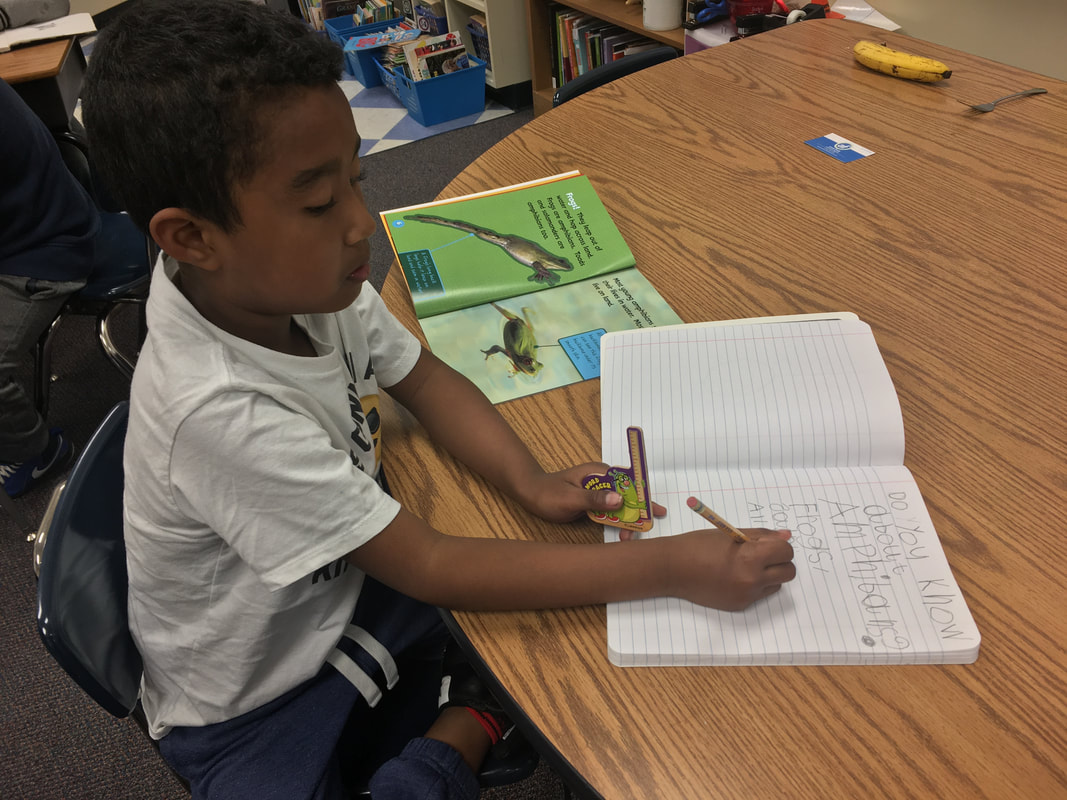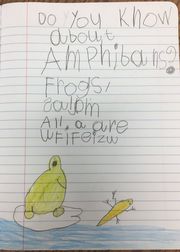|
**This post appeared originally in www.WriteReader.com on May 30, 2018.** As a first generation-immigrant, a former English language learner (ELL) and as an educator today, I’m astounded by how my two worlds are colliding. On one side of the continuum, we are given information by the National Center for Education Statistics of the alarming, continuously growing number of ELLs enrolling in U.S. schools. On the other side, we have educators who are facing one of the biggest shifts in educational practice; not only are teachers responsible for having each and every student access grade-level content, they are now also having to foster English language acquisition and/or dual-language learning. Though this interrelation may be a challenge for some educators, it is an issue that needs attention since it is impacting our future-ready learners. Now the real issue is not what is happening around us but how we are responding to it. A positive way to respond is by growing a classroom culture that is culturally responsive and providing students with effective and/or consistent language support. Merging my personal experience with my obligations as an educator, I see the critical need and responsibility to intentionally integrate tools into my lessons that not only highlight but sustain my students’ linguistic heritage. In my experience, WriteReader is the most appropriate and effective resource to use with our diverse students. This web-based, user-friendly app provides a platform where students create and publish their own books using their creativity and imagination, while developing their academic and linguistic competence in English and/or Spanish. WriteReader places value on students’ linguistic heritage by giving access to its features in a dual-language format. This intentional inclusivity places value on their heritage and culture by providing a comfortable environment for students to take a risk in their academic, linguistic, and cultural development. Let’s take a closer look at how WriteReader can be used to support students’ academic, linguistic, and cultural development. Academic Development There are several academic advantages for using WriteReader. While students are creating their own book, there’s critical thinking, collaboration, and reading and writing development. The creation of their book requires students to think critically about their sentence structure and focus on the image aligning with their text. Students collaborate with each other asking for support and/or showing their expertise. Literacy acquisition increases since they have to make sure that the letter they are typing phonologically aligns with the sounds they need to make the words. Students also have the opportunity and advantage to access their peers’ books and read just for fun. This reading is not frustrational since it is at the students’ level. Reading their peers’ books will also build students’ background knowledge on topics that may be new for them. Students collaborating and publishing their book together. Linguistic Development A recent article, The Future of Education is in Two Languages, highlighted the impact that bilingualism has on cognitive enhancement, critical thinking, and sensitivity toward other people and cultures. The author, Fabrice Jaumont, is convinced that dual-language education should be the norm rather than the exception. So, in order to create a sense of belonging for our ELLs, dual-language learners, and all students in general, allowing students to use their native language (L1) should be the norm in every classroom. WriteReader’s features allow students to navigate through the platform entirely in L1, providing an advantage for students to access content and provide opportunities to show their abilities. Students have the option to hear each letter sound as they type, which supports the phonological awareness in both L1 and the second language (L2). Another article provides an extensive explanation on literacy acquisition in both L1 and L2 and how language skills can transfer to another language, even while L2 is still developing. Encouraging students to use L1 when writing is honoring, accepting, and respectful. Languages are more than words; they help us define who we are, in our own words. Here’s an example of how my newcomers use L1 with WriteReader to publish a bilingual glossary. To read more and get lesson ideas, visit Achieve the Core. Newcomer students creating bilingual glossary. Cultural Development Without a doubt, I’m convinced that language and culture are intertwined. Therefore, integrating tools that encourage and allow students the use and practice of L1 places value on children’s heritage and culture. Embracing and validating our students’ background and culture will create an environment where students flourish not just academically but linguistically too. Culture and diversity can’t be measured in a classroom; however, it can be noticed. When students are reading and writing about topics that they connect with personally and culturally, they are engaged at a deeper level. The use of compelling topics supports comprehensible input, as it relates to the theory of second language acquisition. Read our published book about Cascarones here In closing, I’m inspired by a quote found in Dave Burgess’ book, Teach Like a Pirate. Dave writes, “With a focus on professional passion, teaching is no longer about relaying in content standards...it’s about transforming lives. It’s about killing apathy. It’s about helping the next generation fulfill their potential and become successful human beings. It’s no longer about memorizing facts; it’s about inspiring greatness.” With this in mind, I embrace the idea of creating a classroom culture that values students’ language and culture. Thank you, WriteReader for providing educators with a fabulous tool to validate our students. Thank you for reading!
0 Comments
Here we go again...it's standardized testing time. It's the time of the year when students across the US take their End of Grade (EOG) assessments and/or End of Course (EOC) exams. These tests/exams are administered and scored in a consistent, or "standard", manner. The truth is, this way of assessing understanding of core content is very unfair; especially for our newcomer students who are just starting to learn the English language. Yesterday we began administering EOGs at my school. English learners I serve are expected to take the same exact assessment monolingual English speakers take. Newly arrived immigrant students are also required to take these assessments...NO exceptions! The only testing accommodation they ought to have is testing in a small group setting, word-to-word dictionary, and read-aloud for math and science. This year, I was assigned to administer the English Language Arts EOG for 4th grade. In this group was, our newcomer Kathya. Kathya enrolled in our school in August 2017. This is her first experience in a US school. The only English she knows is what she has acquired in the past eight months. The day of the EOG, she came in my room with her dictionary in hand and a very worried and confused face. I assured her that everything was going to be ok...but I don't think my encouraging was enough. She took a seat; I logged her in, and the assessment began. A few minutes into the required instructions, (completely in English), I can feel her eyes looking at me for help. I walked over to her and pointed at the screen as a signal to begin the assessment. After clicking "start", I can see her eyes widening when the text, entirely in English, appeared on the screen. I put my hand on her shoulder and walked away... It hurt me so much to have to walk away from her and leave her facing one of the biggest struggles a newcomer student has to face. The entire rest of the test all I could do was feel and pray for her. We made eye contact several times, and every time I wondered if she knew what I was thinking...because I knew what SHE was thinking and feeling. I know she was scared, worried, and embarrassed. I know she felt defeated! She knows she failed and thinks she's done. Dear Newcomer Student Taking the EOGs or EOCs, The time of the year to take the EOGs or EOCs is here. We can't avoid it. We can't go against legislation that requires you to take this assessment. You probably wouldn't have any problem taking this assessment if it was in your home language. However, this evaluation must be in English, the language you are just starting to learn. So, I want you to know that I understand how you feel.
You are NOT a number nor a pass or fail title. See beyond the number. Focus on your vision and mission to finish the good fight in education. For resources and way to support newcomers and English learners, check out this post. Thank you for reading!
Just the other day, a Kindergarten English Learner said to me: "Mrs. Francis, I did it! I didn't think I could do it, but I did it!". Carly was excited and proud to have completed her writing assignment. Her comment and her smile of accomplishment stirred up in me so many doubts and questions about my pedagogy and about what my students are feeling and thinking of themselves. Amazingly, a 6-year-old student made me rethink and examine my framework for effective teaching. Th book that immediately came to mind while examining my practices was No More Low Expectations for English Learners by Julia Nora and Jana Echevarria. This 75-page book is loaded with research supported framework for effective teaching that sets high expectations for TEACHERS. In this book you'll find an array of practices that though are well-intentioned, can be what prevents our students from performing to their highest potential...NOT because of students, but because these practices are deficit-based teaching practices. Based on Nora and Echevarria, we deny English learners access when we...
So, the question we need to ask ourselves as educators is: Are WE striving for students' high achievement or are WE trapping them in a cycle of limiting potential?!? The answer to the question is based on the expectation we have for our students regardless of their background and/or language proficiency. Research shows that students from disadvantaged backgrounds are the ones at risk for being subjected to teachers' low expectations. Therefore, our low expectation is their path into the cycle of limiting potential. Believe me when I tell you it is not easy growing up with so many disadvantages that are for sure to lead you to an unsuccessful life. Just last week I participated in an activity called The Privilege Walk...and it hit me to the core! This activity made me think about all the disadvantages I experienced during my childhood. Many, if not all, were disadvantages out of my control. Many were opportunities that were denied to me as a student. This activity made me think about the students I serve and the possibilities to either make it or not. But it doesn't have to be like that! It is very easy to fall into the low expectation trap! As soon as we learn our student is an English learner, from a low-income background, students of color, parents who are unengaged or with limited formal education, etc...our expectation bar is immediately lowered. WHY?!? These students who are already at disadvantage need/should get more structured opportunities. Again, it is easy to recognize the disadvantages and what they cannot do. However, we need to start recognizing what they CAN do and build on their strengths. Perhaps these points provided by Nora and Echevarria can help:
“If You Are Working On Something That You Really Care About, You Don’t Have To Be Pushed.
What is your vision for your students? What is your expectation for your students? Are they rising to their highest potential or are they stuck in the cycle of limited potential? Great questions to guide your practice! Thank you for reading!
|
Categories
All
Archives
May 2024
|
